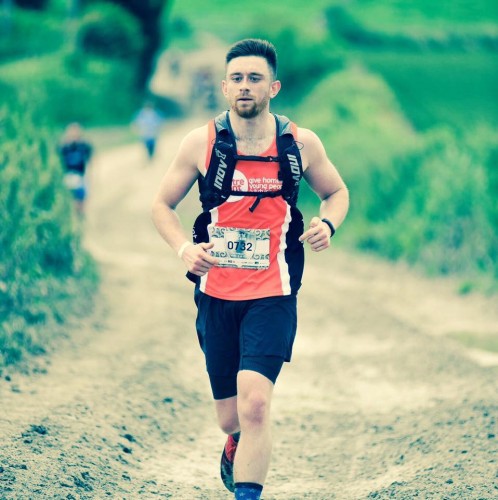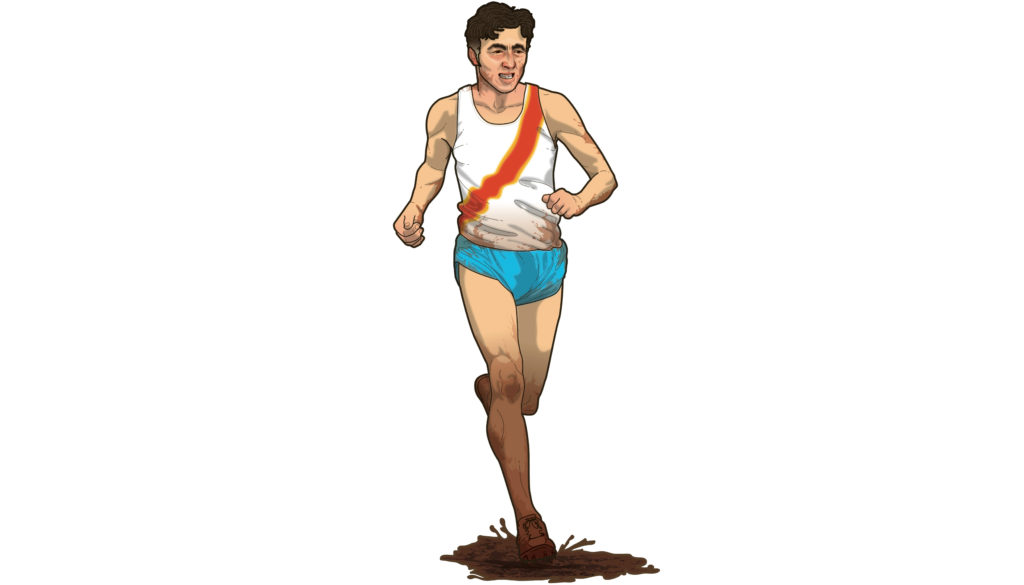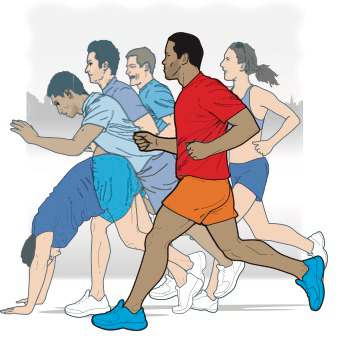The phrase “less is more” was first coined by the 19th century writer Robert Browning in his poem ‘The Faultless Painter’.
It’s a phrase that could have meant a number of things: a critique of Victorian industrialisation; a direct reference to something in the poem (that you’ll forgive me for not reading); or, as I strongly suspect, Browning’s way of spanning the centuries to provide a philosophy that best sums up my approach to running.
Earlier this year, while in training for my first marathon (London), I peaked at a few 35-40-mile weeks. And they were horrible. I felt drained, my weekends were consumed by running, and everything that came out my mouth seemed to be either phlegm or marathon-related.
It was worth it in the end, obviously, and although the Marathon was the single most painful thing I’ve ever done in my life, it’s also something I’m immensely proud to have completed.
For me though, that amount of running is neither sustainable nor enjoyable. So in the weeks following the race I made the radical decision to run (get this!) when I wanted to run. My weekly distance plummeted to about 15 miles – a couple of speed sessions and one long off-road plod – and running became enjoyable again.
Race to the King was easily the best race I’ve ever run – partly due to the organisation, but also because running, in the weeks leading up the event, was no longer a chore.
There are drawbacks to such a low-mileage approach, of course: sub-standard running ability being one of them. But the price for cutting the miles and enjoying my running – a few minutes added to my completely inconsequential marathon time, perhaps – is one I’m more than happy to pay.
To read Isaac’s full account of his debut ultramarathon experience, pick up the latest issue of Men’s Running – out now!







